Home>Home Appliances>Home Automation Appliances>How To Program A Hunter Thermostat
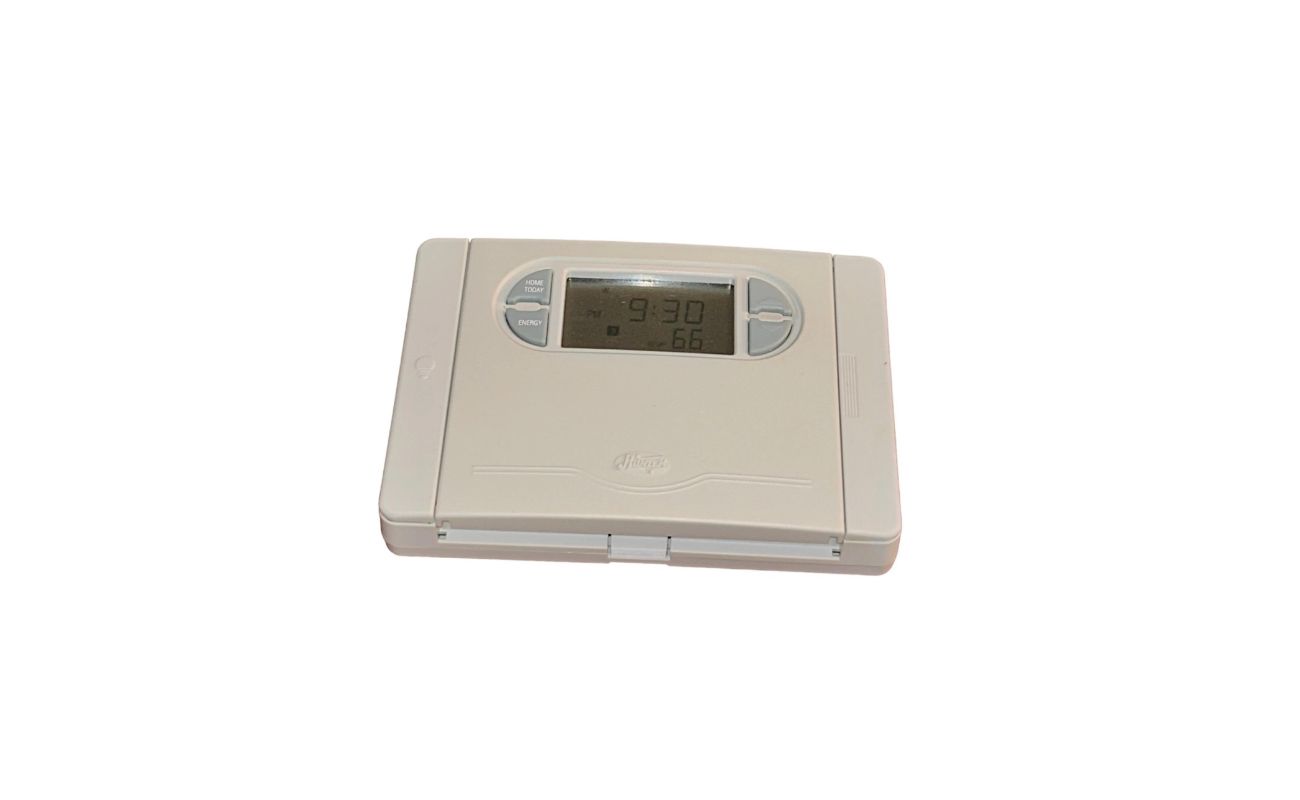

Home Automation Appliances
How To Program A Hunter Thermostat
Published: January 1, 2024
Learn how to program a Hunter thermostat for efficient home automation. Control your home automation appliances with ease using our step-by-step guide.
(Many of the links in this article redirect to a specific reviewed product. Your purchase of these products through affiliate links helps to generate commission for Storables.com, at no extra cost. Learn more)
Introduction
Read more: How To Program A Thermostat
Introduction
Welcome to the world of home automation, where comfort and efficiency come together seamlessly. If you're looking to take control of your indoor climate with a Hunter thermostat, you're in the right place. In this guide, we'll delve into the ins and outs of programming a Hunter thermostat, empowering you to optimize your home's heating and cooling system with confidence.
A Hunter thermostat is a sophisticated yet user-friendly device designed to regulate indoor temperatures with precision. Whether you're seeking to create a cozy environment during chilly winters or maintain a refreshing coolness in the heat of summer, your Hunter thermostat is your ally in achieving the perfect indoor climate.
Understanding how to program your Hunter thermostat is the key to unlocking its full potential. By mastering the programming process, you can tailor your home's temperature settings to suit your lifestyle, save energy, and reduce utility costs. Moreover, the ability to customize your thermostat's schedule ensures that you can effortlessly adapt to changing routines and seasonal variations.
In the following sections, we'll explore the fundamental aspects of programming a Hunter thermostat, from the basic setup to advanced customization options. By the end of this guide, you'll be equipped with the knowledge and skills to maximize the performance of your Hunter thermostat, making your home a haven of comfort and efficiency.
So, let's embark on this journey to discover the art of programming a Hunter thermostat, where comfort, convenience, and control converge to elevate your home living experience.
Understanding the Hunter Thermostat
Key Takeaways:
- Takeaway 1: Mastering the art of programming a Hunter thermostat empowers you to create personalized schedules, conserve energy, and optimize indoor comfort with confidence and ease.
- Takeaway 2: Understanding the Hunter thermostat’s features and customization options allows you to seamlessly integrate it with your home, ensuring a harmonious balance between comfort and energy efficiency.
Understanding the Hunter Thermostat
Before delving into the programming intricacies, it’s essential to grasp the core functionality and features of the Hunter thermostat. This smart device serves as the command center for your home’s heating and cooling system, allowing you to set and maintain the desired temperature levels with precision.
The Hunter thermostat is equipped with intuitive controls and a clear display, enabling effortless navigation and temperature adjustments. Depending on the model, it may offer a range of advanced features such as programmable schedules, energy-saving modes, and Wi-Fi connectivity for remote access.
One of the key elements of the Hunter thermostat is its ability to regulate temperature based on your preferences and daily routines. By understanding its programming capabilities, you can establish personalized schedules that align with your lifestyle, ensuring optimal comfort while conserving energy.
Moreover, the thermostat’s interface provides valuable information about indoor temperature, humidity levels, and system status, empowering you to make informed decisions and adjustments as needed. This real-time feedback enhances your control over the home environment, fostering a harmonious balance between comfort and energy efficiency.
Furthermore, the Hunter thermostat is designed to integrate seamlessly with various heating and cooling systems, including furnaces, heat pumps, and air conditioning units. Its compatibility with a wide array of HVAC equipment makes it a versatile and adaptable solution for diverse home environments.
Whether you’re a tech-savvy homeowner or someone who values simplicity and ease of use, the Hunter thermostat caters to different preferences and needs. Its user-friendly design and advanced functionalities make it a valuable addition to any modern home, empowering you to optimize indoor comfort while managing energy consumption effectively.
Now that we’ve gained a deeper understanding of the Hunter thermostat’s capabilities and versatility, let’s explore the essential steps for programming this innovative device to suit your specific requirements and preferences.
Programming Basics
Read more: How To Program A Pro Thermostat
Programming Basics
Programming a Hunter thermostat involves a series of straightforward yet crucial steps that enable you to customize temperature settings according to your daily routine and comfort preferences. By mastering the programming basics, you can harness the full potential of your thermostat, ensuring a harmonious blend of comfort and energy efficiency.
The process typically begins with setting the date and time on the thermostat, establishing the foundational parameters for creating personalized schedules. This step is essential for aligning the thermostat’s operations with your daily rhythm, allowing it to adjust temperatures automatically based on your preferred timetable.
Next, you’ll have the opportunity to create distinct temperature schedules for different times of the day, such as morning, daytime, evening, and night. This flexibility enables you to fine-tune the indoor climate to match your activities and comfort needs throughout the day, optimizing energy usage without compromising on comfort.
Furthermore, many Hunter thermostat models offer the option to set specific temperature setbacks during periods when you’re away from home or asleep. By implementing these setbacks, you can conserve energy and reduce utility costs without sacrificing comfort, as the thermostat intelligently adjusts the temperature to reflect your absence or decreased activity.
Understanding the basics of programming also involves familiarizing yourself with the thermostat’s interface and navigation controls. This includes accessing menu options, adjusting temperature settings, and activating special modes such as vacation or hold settings, which allow you to temporarily override the programmed schedule as needed.
Moreover, some Hunter thermostat models feature adaptive recovery or smart response technology, which anticipates the time required to reach the next set temperature, ensuring a seamless transition without unnecessary energy consumption. This intelligent feature enhances comfort and efficiency by optimizing the heating and cooling cycles based on your schedule.
By mastering these programming basics, you can tailor your Hunter thermostat to align with your lifestyle and preferences, fostering a comfortable and energy-conscious home environment. Now that we’ve covered the fundamental principles of programming, let’s proceed to the essential steps for setting up your Hunter thermostat and customizing it to suit your unique needs.
Setting Up the Thermostat
Setting Up the Thermostat
Setting up your Hunter thermostat is a pivotal stage that lays the foundation for its seamless operation and tailored performance. Whether you’re installing a new thermostat or replacing an existing one, the setup process is designed to ensure that the device is integrated with your HVAC system and configured to meet your specific requirements.
The initial step in setting up the thermostat involves carefully following the manufacturer’s instructions for installation. This typically includes turning off the power to the HVAC system, removing the old thermostat, and mounting the new unit in a suitable location that facilitates optimal temperature sensing and accessibility.
Once the physical installation is complete, you’ll need to connect the thermostat to the HVAC system’s wiring according to the provided wiring diagram. This step is crucial for establishing the communication and control link between the thermostat and the heating and cooling equipment, enabling seamless operation and accurate temperature regulation.
After the physical and wiring installation, it’s essential to power up the thermostat and proceed with the initial setup configuration. This involves setting the date and time, selecting the preferred temperature scale (e.g., Fahrenheit or Celsius), and configuring any additional settings specific to your HVAC system and personal preferences.
Furthermore, if your Hunter thermostat offers Wi-Fi connectivity, part of the setup process may involve connecting the device to your home network and configuring remote access via a dedicated mobile app or online portal. This feature enables you to control the thermostat from anywhere, providing convenience and flexibility in managing your home’s climate settings.
During the setup phase, it’s advisable to review the user manual or online resources provided by Hunter to familiarize yourself with the thermostat’s interface, menu options, and navigation controls. This knowledge will empower you to navigate the device’s settings effortlessly and make informed decisions when customizing its operation.
By completing the setup process diligently and attentively, you’ll ensure that your Hunter thermostat is primed for optimal performance, seamlessly integrating with your HVAC system and ready to be programmed and customized to suit your lifestyle and comfort preferences. With the thermostat now set up, we can proceed to explore the various customization options and advanced features that empower you to tailor its operation to your specific needs.
Customizing the Thermostat
Read more: How To Program Totaline Thermostat
Customizing the Thermostat
Customization lies at the heart of maximizing the potential of your Hunter thermostat, allowing you to tailor its operation to suit your unique lifestyle, comfort preferences, and energy-saving goals. By delving into the customization options, you can harness the full capabilities of the thermostat, optimizing indoor comfort and efficiency with precision.
One of the primary customization features of the Hunter thermostat is the ability to create personalized temperature schedules that align with your daily routine. Whether you prefer specific temperature settings during mornings, evenings, or weekends, the thermostat empowers you to establish distinct schedules that reflect your lifestyle and comfort needs.
Furthermore, many Hunter thermostat models offer advanced programming options, such as adaptive recovery or smart response technology, which optimize the heating and cooling cycles based on your schedule. This intelligent feature ensures that the indoor climate is consistently comfortable while minimizing energy consumption, striking a harmonious balance between comfort and efficiency.
In addition to scheduling, the thermostat’s customization capabilities may include setting temperature setbacks for periods when you’re away from home or asleep. By implementing these setbacks, you can conserve energy without sacrificing comfort, as the thermostat intelligently adjusts the temperature to reflect your absence or decreased activity, contributing to reduced utility costs.
Moreover, if your Hunter thermostat is equipped with Wi-Fi connectivity, customization extends to remote access and control via a dedicated mobile app or online portal. This feature enables you to adjust temperature settings, modify schedules, and activate special modes from anywhere, providing unparalleled convenience and flexibility in managing your home’s climate settings.
Another aspect of customization involves exploring additional features and settings offered by the thermostat, such as energy-saving modes, filter change reminders, and system status indicators. Familiarizing yourself with these options allows you to optimize the thermostat’s performance and ensure that it operates in alignment with your comfort and efficiency preferences.
By embracing the customization opportunities provided by the Hunter thermostat, you can create a tailored and energy-conscious indoor environment that adapts seamlessly to your lifestyle and comfort requirements. With the thermostat now customized to suit your specific needs, let’s delve into essential troubleshooting tips and insights to ensure smooth and efficient operation.
Troubleshooting and Tips
Troubleshooting and Tips
While Hunter thermostats are designed for reliable and intuitive operation, occasional issues or questions may arise during their use. Understanding common troubleshooting steps and valuable tips can help you address potential challenges and optimize the performance of your thermostat.
1. Check Power and Connectivity:
If the thermostat display is blank or unresponsive, ensure that it has power and is properly connected to the HVAC system. Check for any tripped circuit breakers or blown fuses that may affect the thermostat’s operation. Additionally, if your thermostat offers Wi-Fi connectivity, verify that it is connected to the network and has a strong signal for remote access.
2. Calibration and Temperature Discrepancies:
If you notice temperature discrepancies between the thermostat display and the actual room temperature, consider calibrating the thermostat to ensure accuracy. Refer to the user manual for instructions on adjusting the calibration settings, which can help align the displayed temperature with the true ambient conditions.
3. Programming and Schedule Issues:
If you encounter difficulties with programming or scheduling the thermostat, carefully review the user manual for step-by-step instructions. Ensure that the date, time, and schedule settings are configured accurately, and consider resetting the thermostat to its default settings if persistent issues arise.
4. Air Filter Maintenance:
Regularly check and replace the air filters in your HVAC system to ensure efficient operation and optimal air quality. Many Hunter thermostats offer filter change reminders, but it’s advisable to establish a routine for inspecting and replacing filters based on manufacturer recommendations.
5. System Compatibility and Settings:
If you’ve recently upgraded or replaced your HVAC system, verify that the thermostat is compatible with the new equipment and adjust any settings or configurations accordingly. Ensure that the wiring and connections align with the requirements of the updated system to prevent operational issues.
6. Utilize Energy-Saving Features:
Explore and utilize the energy-saving modes and features offered by your Hunter thermostat to optimize efficiency and reduce energy consumption. These may include setback schedules, vacation settings, and adaptive recovery technology, which can contribute to lower utility costs without compromising comfort.
By addressing potential issues and implementing these tips, you can enhance the performance and reliability of your Hunter thermostat, ensuring a seamless and efficient experience in regulating your home’s indoor climate.
Conclusion
Read also: 13 Best Hunter Universal Remote For 2024
Conclusion
Congratulations on delving into the art of programming a Hunter thermostat, where comfort, convenience, and control converge to elevate your home living experience. By navigating the essential aspects of understanding, programming, setting up, customizing, and troubleshooting your Hunter thermostat, you’ve embarked on a journey toward optimizing your indoor climate with confidence and efficiency.
As you’ve discovered, the Hunter thermostat serves as a sophisticated yet user-friendly device that empowers you to regulate indoor temperatures with precision. Its intuitive controls, advanced features, and compatibility with various HVAC systems make it a valuable asset for creating a comfortable and energy-conscious home environment.
Mastering the programming basics enables you to create personalized temperature schedules, implement energy-saving setbacks, and harness intelligent features that optimize comfort and efficiency. The process of setting up the thermostat ensures that it seamlessly integrates with your HVAC system, while customization options allow you to tailor its operation to suit your unique lifestyle and comfort preferences.
Furthermore, by familiarizing yourself with troubleshooting tips and insights, you’re equipped to address potential challenges and optimize the performance of your thermostat effectively. Whether it’s ensuring power and connectivity, calibrating temperature accuracy, or maximizing energy-saving features, your proactive approach enhances the reliability and functionality of your Hunter thermostat.
As you continue to enjoy the benefits of your Hunter thermostat, remember that it’s not just a device—it’s a gateway to personalized comfort, energy efficiency, and seamless control over your home’s climate. By implementing the knowledge and skills gained from this guide, you’re poised to create a harmonious indoor environment that aligns with your lifestyle and values.
So, embrace the art of programming your Hunter thermostat, and let its intelligent design and customizable features elevate your home living experience. With your newfound expertise, you’re well-equipped to navigate the nuances of indoor climate control, making your home a haven of comfort, efficiency, and personalized well-being.
Frequently Asked Questions about How To Program A Hunter Thermostat
Was this page helpful?
At Storables.com, we guarantee accurate and reliable information. Our content, validated by Expert Board Contributors, is crafted following stringent Editorial Policies. We're committed to providing you with well-researched, expert-backed insights for all your informational needs.
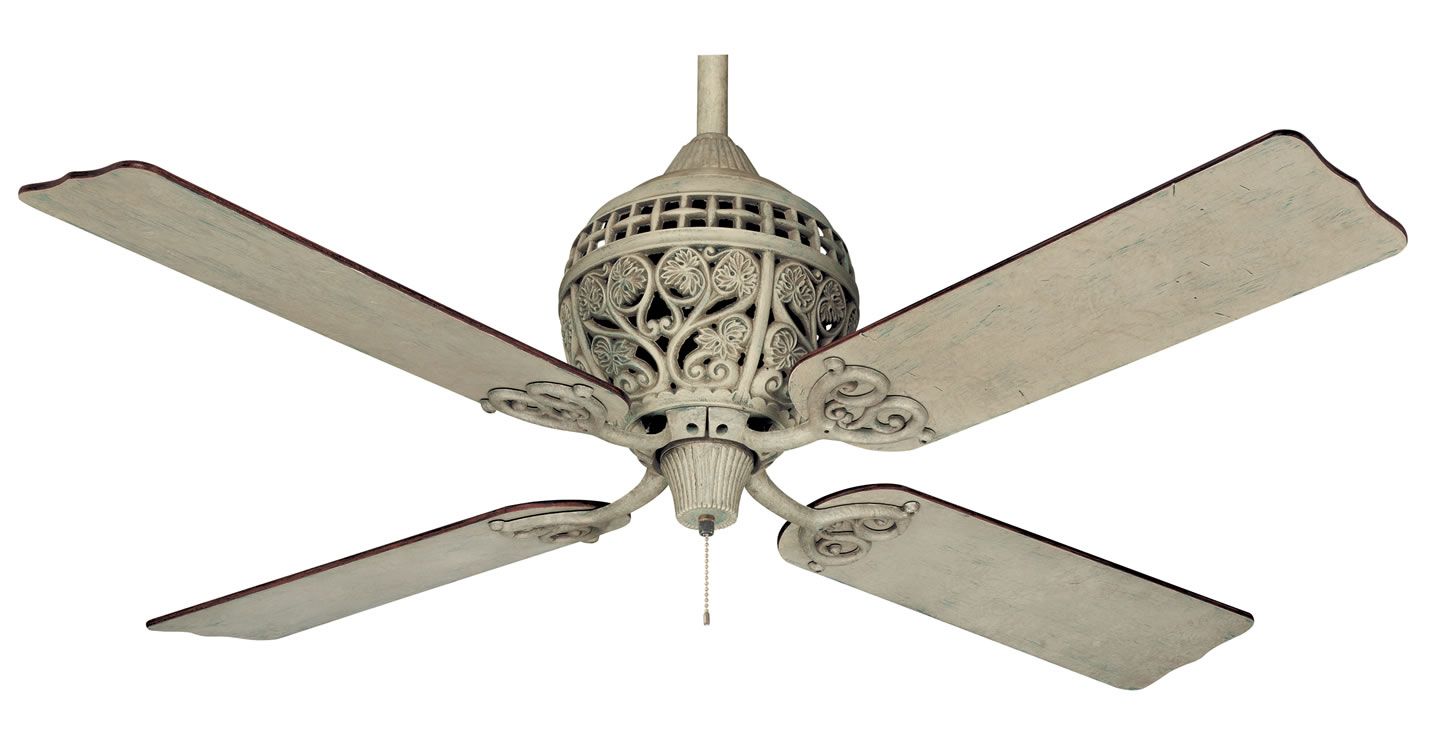


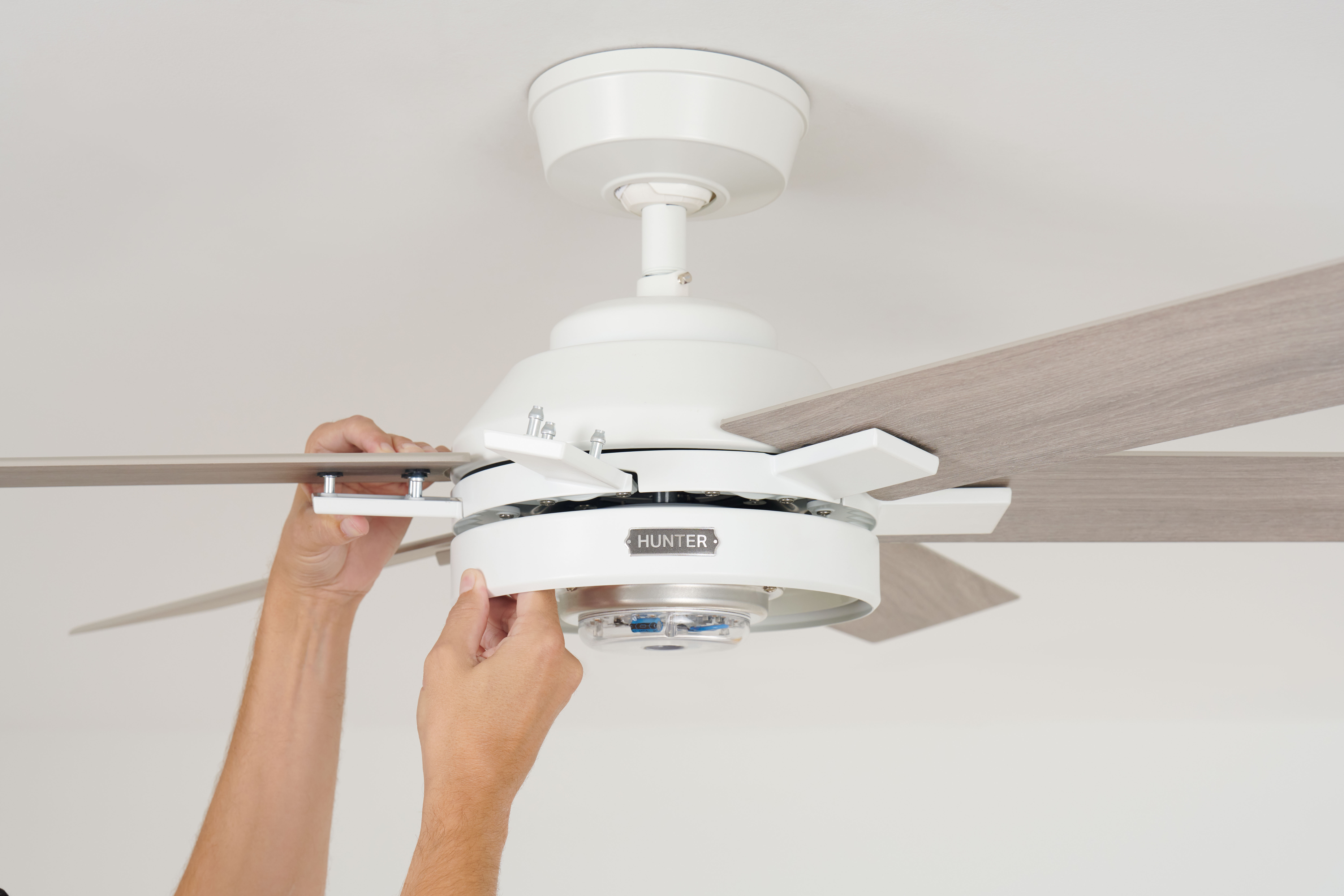
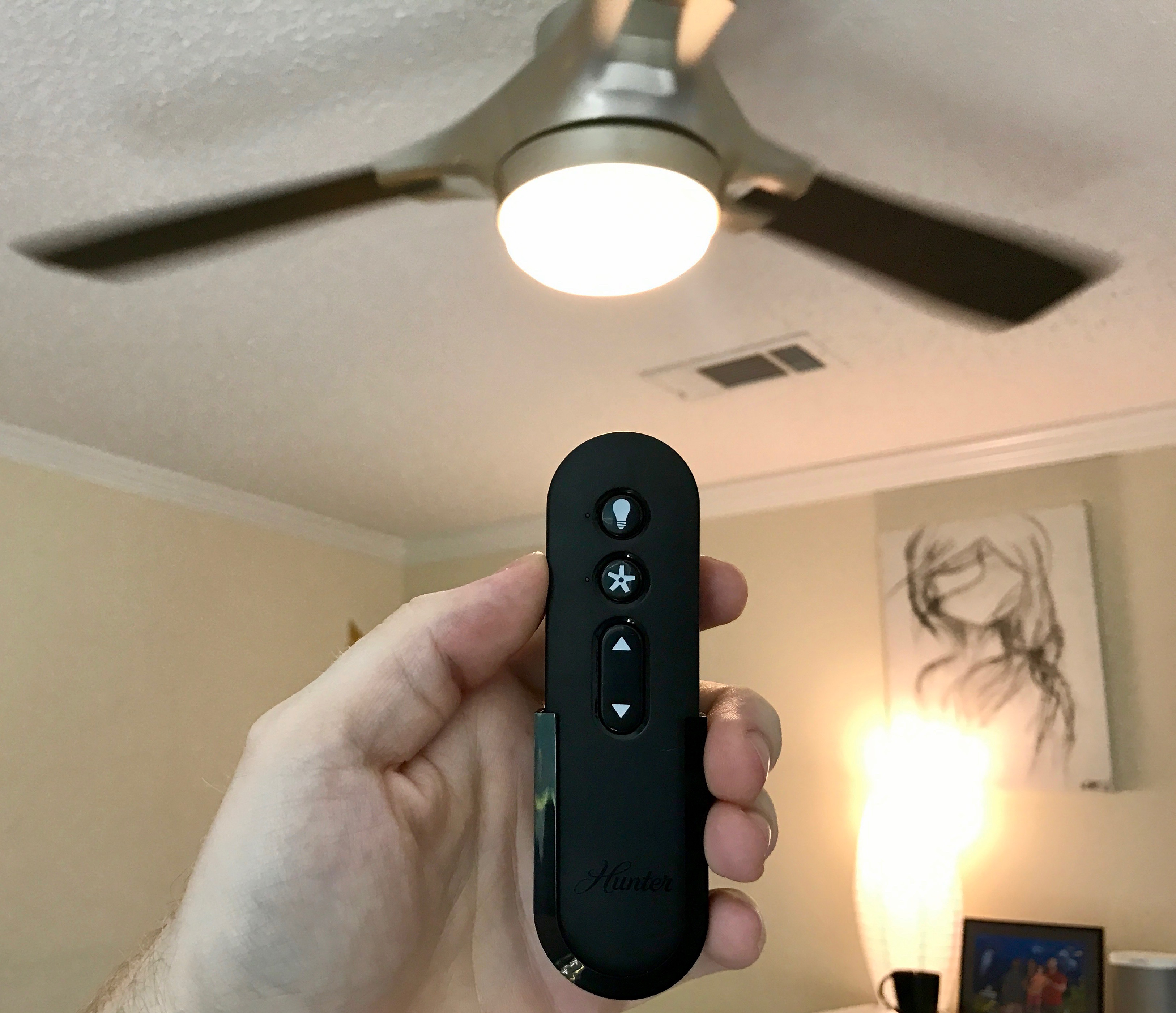
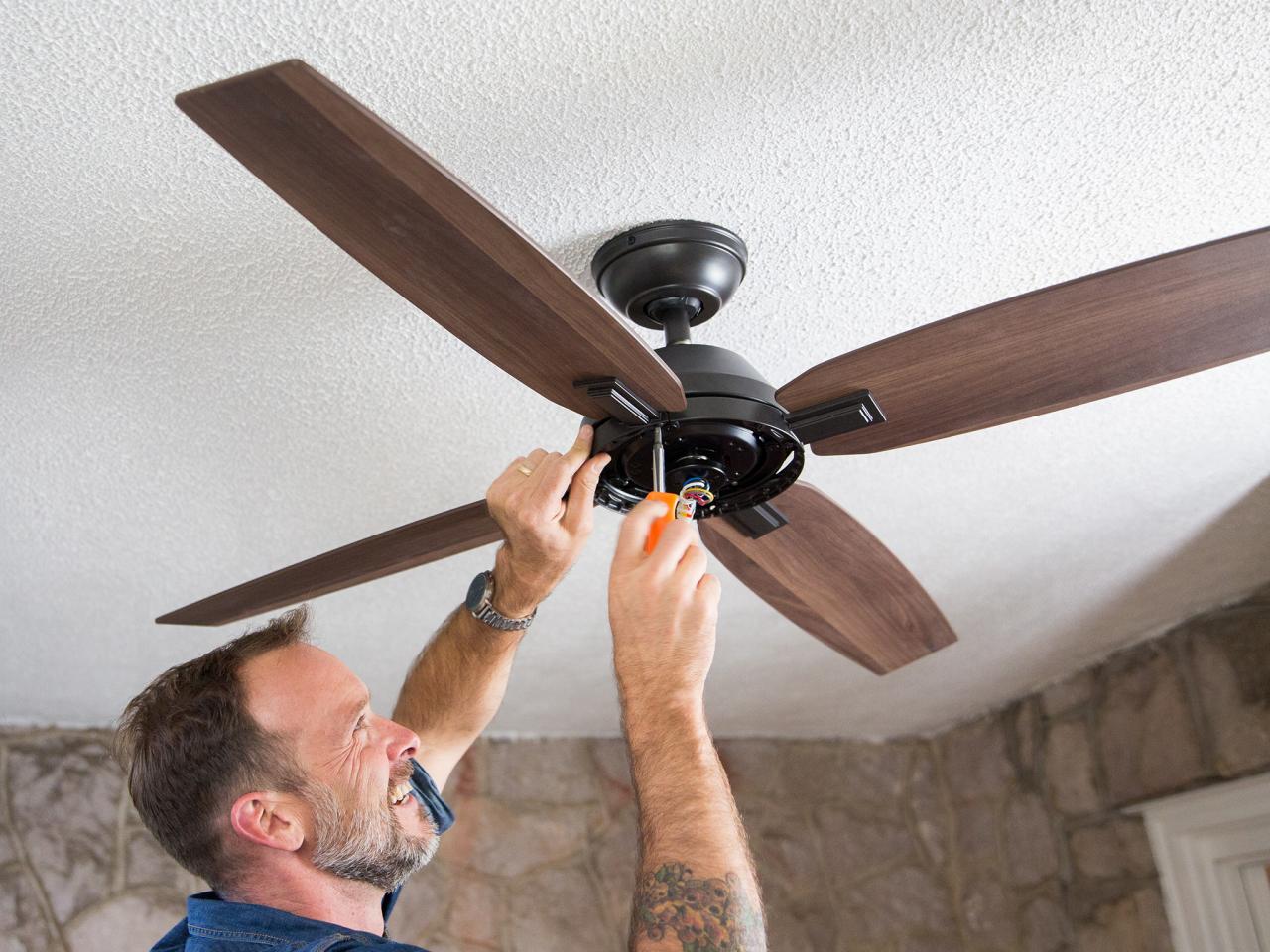
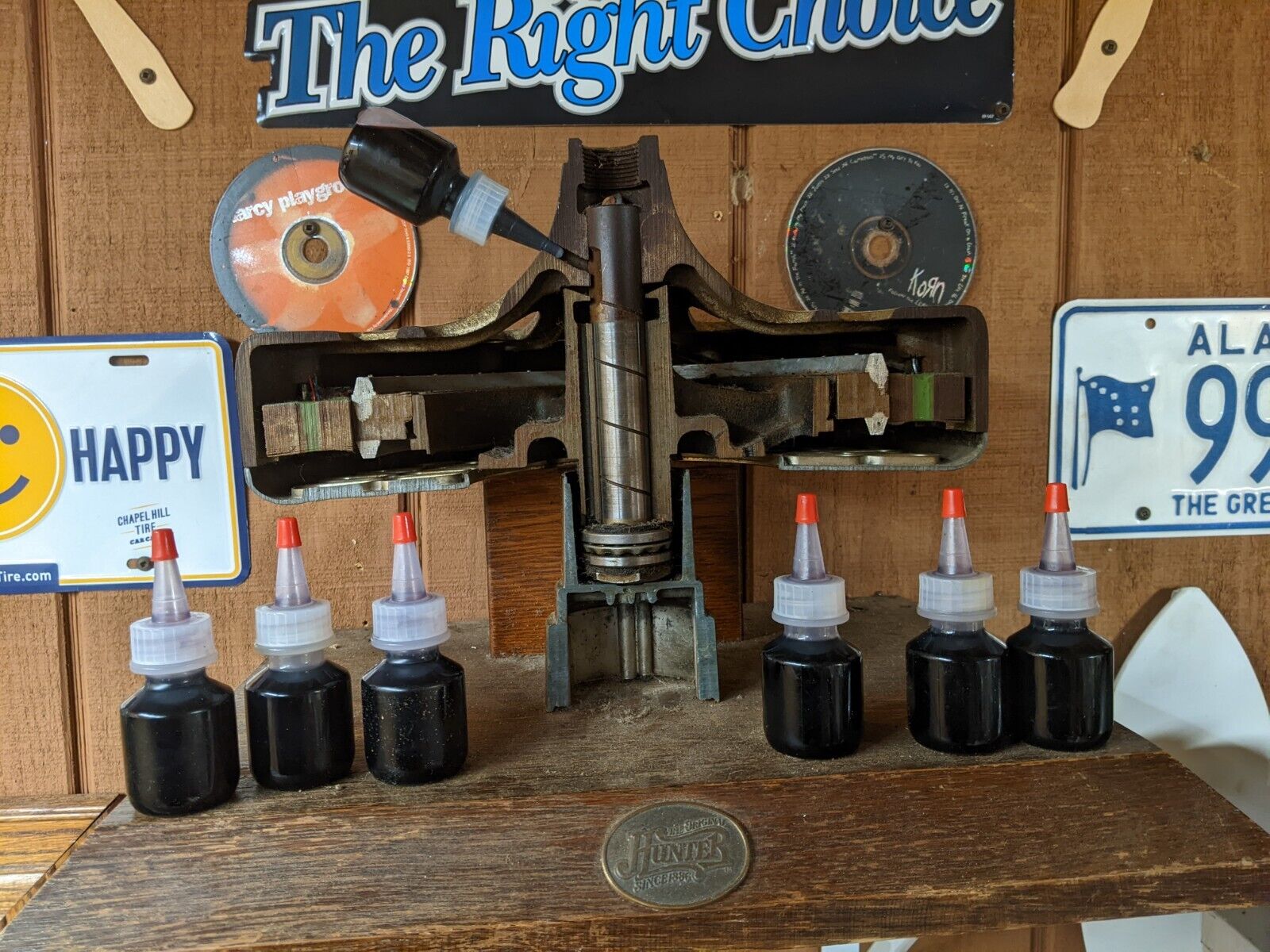



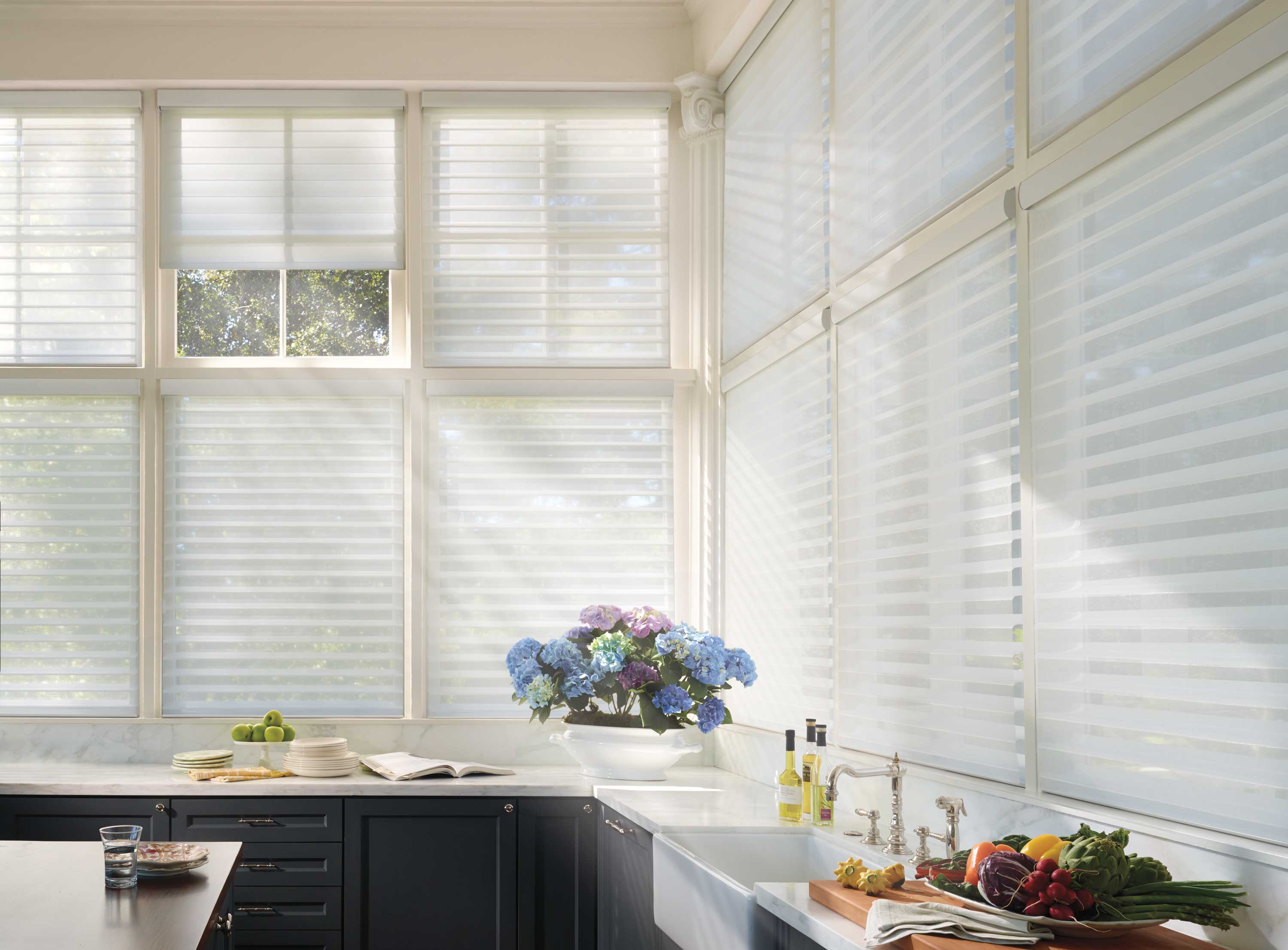
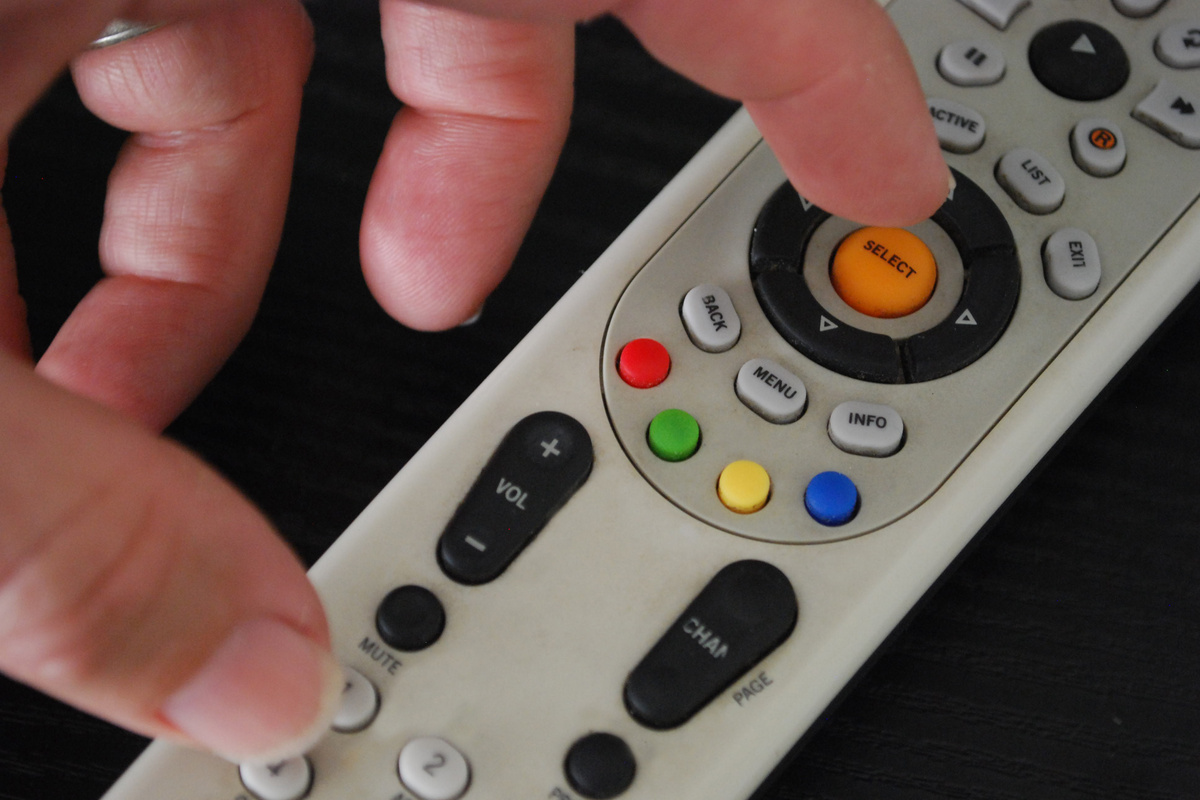

0 thoughts on “How To Program A Hunter Thermostat”